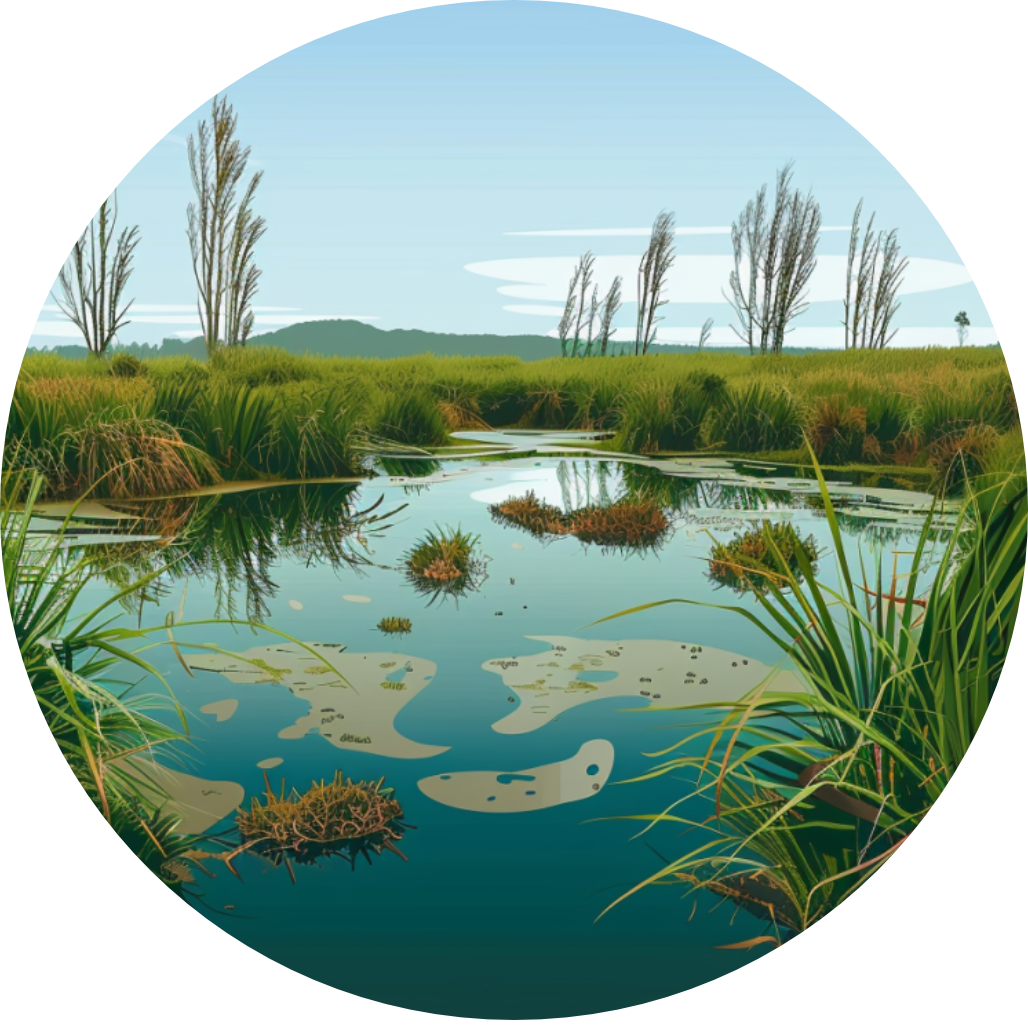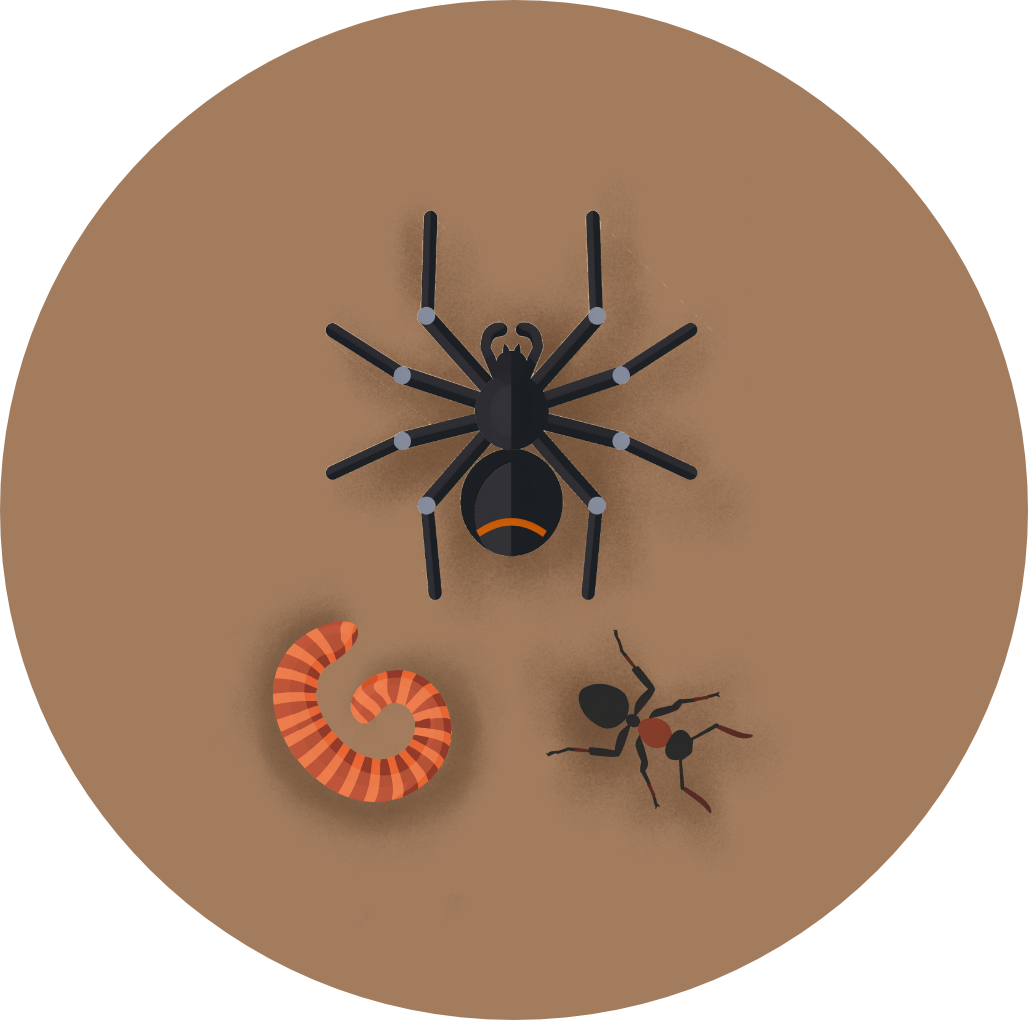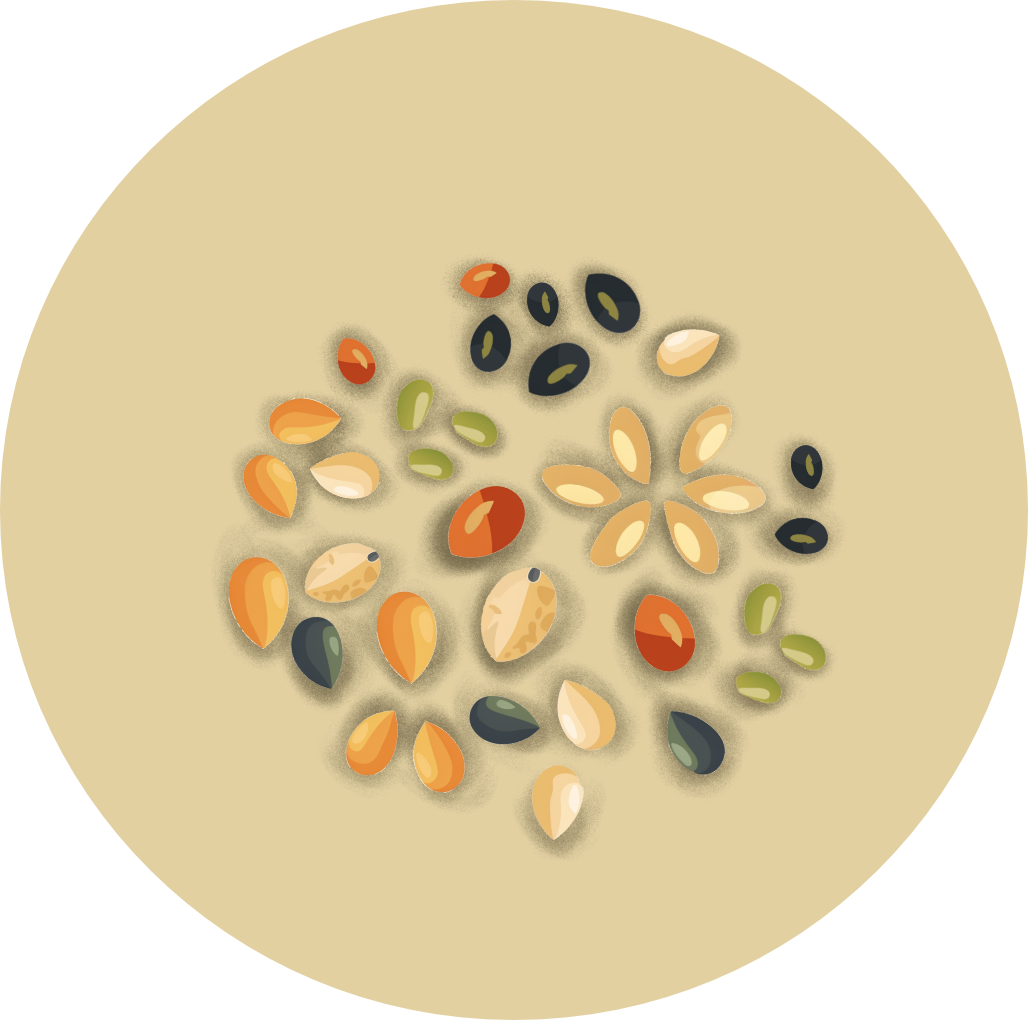
Mute Swan
Cygnus olor


Cygnus olor

The Mute Swan, introduced to New Zealand in the 19th century, is a majestic white bird often seen gliding gracefully on lakes and ponds. This large waterfowl, with its long curved neck and orange bill, adds a touch of elegance to New Zealand's waterways, particularly in Canterbury and Hawke's Bay.
1. Pure white plumage with a bright orange bill and black knob at the base
2. Long, gracefully curved neck often held in an S-shape while swimming
3. Large size and elegant movements on water, with wings sometimes raised like sails
Mute Swans form strong pair bonds and build large nests near water edges. They're fiercely protective of their cygnets, often seen carrying them on their backs. These birds can live up to 20 years in the wild. Their main threat in New Zealand is lead poisoning from fishing sinkers in ponds and lakes.
Look for Mute Swans on calm lakes, ponds, and slow-moving rivers in Canterbury and Hawke's Bay. They're often spotted gliding on the water's surface or grazing near the shoreline. Dawn and dusk are great times to observe them feeding. For the best views, visit places like Lake Ellesmere or municipal parks with large ponds. Tip: Listen for the distinctive ""whoosh"" sound of their wings in flight.
Introduced to New Zealand in the 1860s as ornamental birds, Mute Swans now have small wild populations. They were brought to grace public parks and lakes, adding a touch of European elegance to New Zealand's landscape. While not native, they've become a familiar sight in some regions.
148 cm
11500 g







Coming Soon!
Top birding locations will be available in a future update.